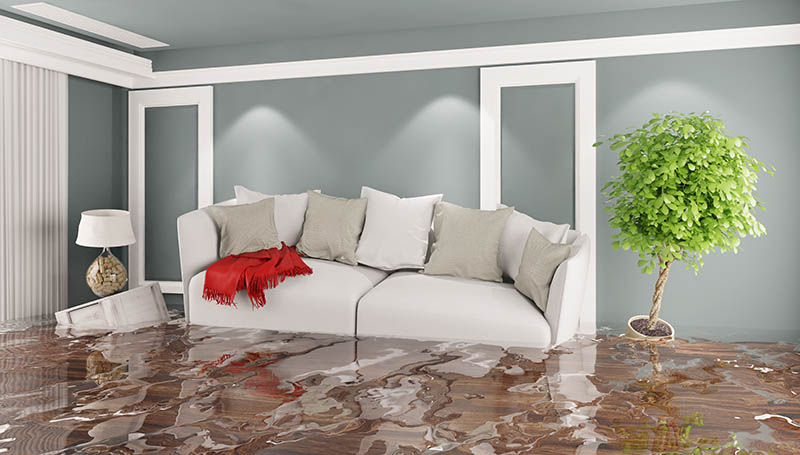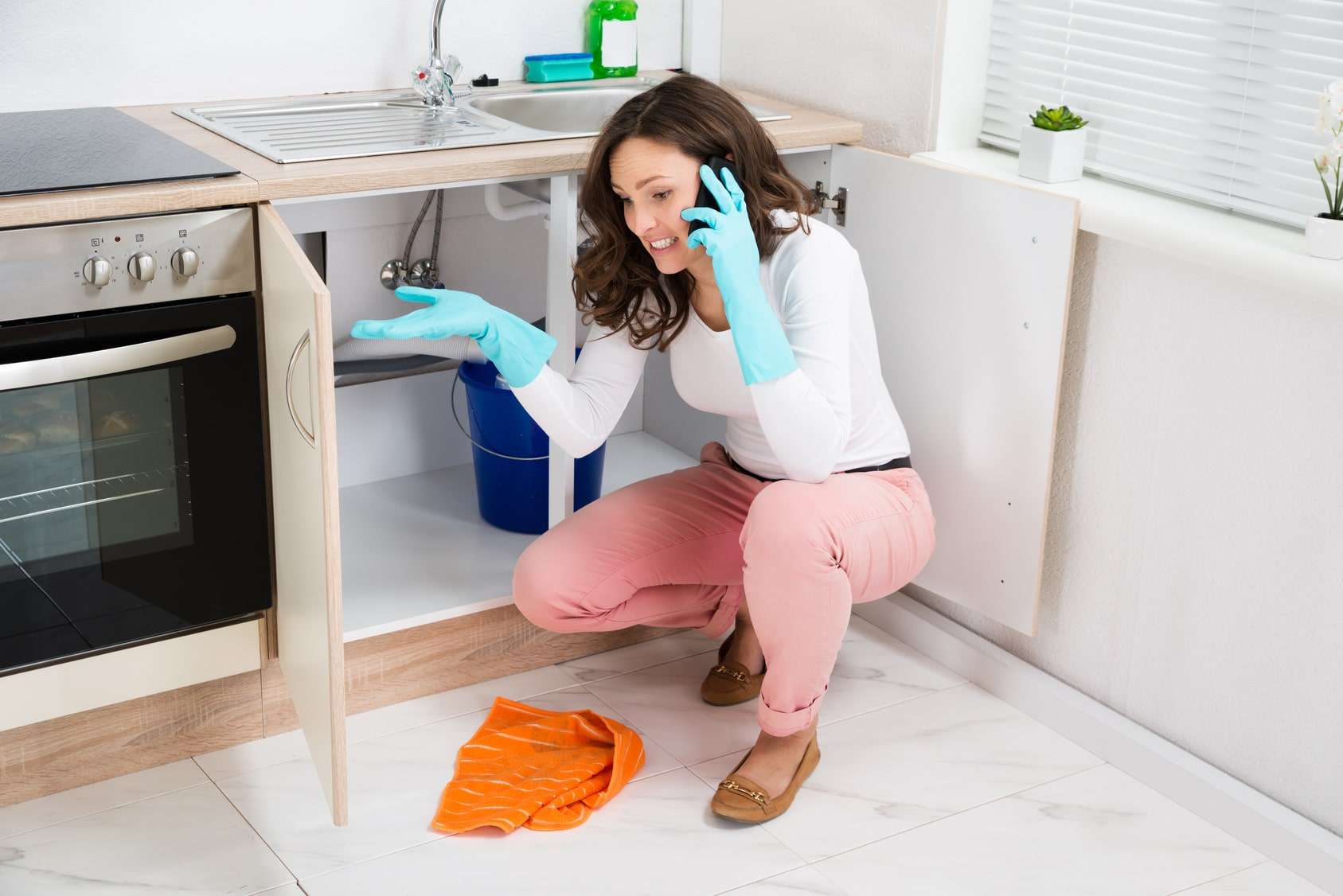Identifying the Primary Reasons for Leakage in The Home
Identifying the Primary Reasons for Leakage in The Home
Blog Article
Have you been in search of facts concerning How Fast Water Damage Can Ruin Your Home?

Leakages not just cause waste of water however can additionally trigger unneeded damages to your home as well as advertise unwanted natural growth. Regrettably, water leakages may go unnoticed because a lot of the pipework in our home is hidden. By understanding and looking for everyday circumstances that cause leakages, you can shield your home from future leakages and unnecessary damages. Today, we will certainly consider 6 leakage causes that might be creating your pipes to trickle.
Intruding roots
Many water leaks begin outside your house instead of inside it. If you discover a sudden decline in water stress, say in your faucet, take some time to go out and also examine your yard. You could discover damp patches or sinkholes in your yard, and that might indicate that tree roots are attacking water lines creating water to leak out. You can have your plumber look for breach, especially if you have trees or bushes near your property.
Corroded water supply
As time goes by, your plumbing system ages and corrosion such as rust may start eating away the pipes. This might be the root cause of staining or bending on your pipes. This requires an inspection with your plumber right away. If our plumbing system is old, take into consideration changing the pipes because they are at a greater threat of rust than the newer versions.
Defective Pipeline Joints
Pipeline joints can wear away over time, resulting in water leakages. If you have loud pipelines that make ticking or banging noises, particularly when the hot water is turned on, your pipe joints are most likely under a lot of pressure.
Instant temperature changes.
Extreme temperature level adjustments in our pipelines can cause them to broaden as well as get all of a sudden. This growth as well as tightening might trigger splits in the pipelines, especially if the temperature are below freezing. If you maintained an eye on how your plumbing works, it would certainly be best. The visibility of the formerly mentioned scenarios often indicates a high threat.
Poor Water Connectors
At times, a leakage can be created by loose pipes and also pipelines that supply your home appliances. In instance of a water connections leakage, you might observe water running directly from the supply line or pools around your home appliances.
Blocked Drains
Obstructed drains could be bothersome and also inconveniencing, yet they can in some cases wind up causing an overflow resulting in rupture pipelines. Keep eliminating any materials that may drop your drains pipes that might obstruct them to avoid such hassles.
All the above are root causes of leaks yet not all water leaks arise from plumbing leakages; some leakages may originate from roofing leakages. All leakages need to be repaired right away to stay clear of water damage.
Leaks not only create waste of water however can likewise trigger unneeded damage to your house as well as advertise undesirable organic growth. By understanding and looking for day-to-day circumstances that create leaks, you can protect your home from future leakages as well as unneeded damages. Today, we will certainly look at 6 leak triggers that might be causing your pipes to drip.
At times, a leakage can be triggered by loosened hose pipes as well as pipes that provide your appliances. In case of a water links leak, you might notice water running directly from the supply line or puddles around your devices.
How To Check For Water Leak In Your Home
How To Check for Leaks
The average household's leaks can account for nearly 10,000 gallons of water wasted every year and ten percent of homes have leaks that waste 90 gallons or more per day. Common types of leaks found in the home are worn toilet flappers, dripping faucets, and other leaking valves. These types of leaks are often easy to fix, requiring only a few tools and hardware that can pay for themselves in water savings. Fixing easily corrected household water leaks can save homeowners about 10 percent on their water bills.
To check for leaks in your home, you first need to determine whether you're wasting water and then identify the source of the leak. Here are some tips for finding leaks:
Take a look at your water usage during a colder month, such as January or February. If a family of four exceeds 12,000 gallons per month, there are serious leaks.
Check your water meter before and after a two-hour period when no water is being used. If the meter changes at all, you probably have a leak.
Identify toilet leaks by placing a drop of food coloring in the toilet tank. If any color shows up in the bowl after 10 minutes, you have a leak. (Be sure to flush immediately after the experiment to avoid staining the tank.)
Examine faucet gaskets and pipe fittings for any water on the outside of the pipe to check for surface leaks.
Undetected water leaks can happen without the home or business owner even realizing. If you suspect a water leak, but not able to find the source. It is time to contact a professional water leak detection service, The Leak Doctor.
How To Find a Water Leak In Your Home
https://www.leakdoctor.com/blog/How-To-Check-For-Water-Leak-In-Your-Home_AE197.html

I hope you liked our topic on How to detect water leaks in your home. Many thanks for spending some time to browse our posting. Appreciated our content? Please share it. Let other people check it out. We truly appreciate reading our article about How to Find Water Leaks.
Resolve today. Contact. Report this page